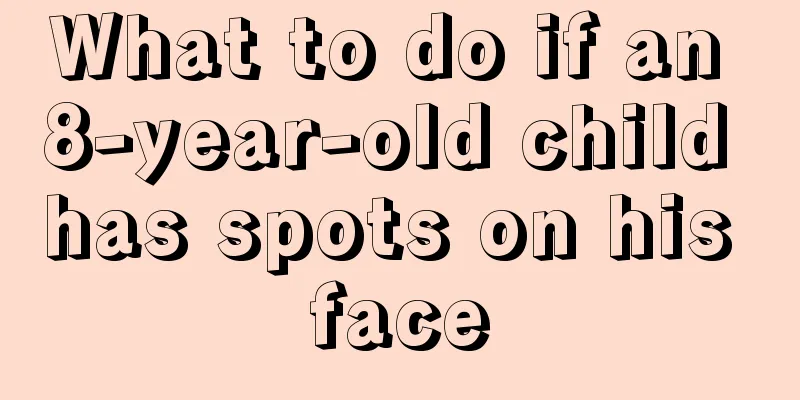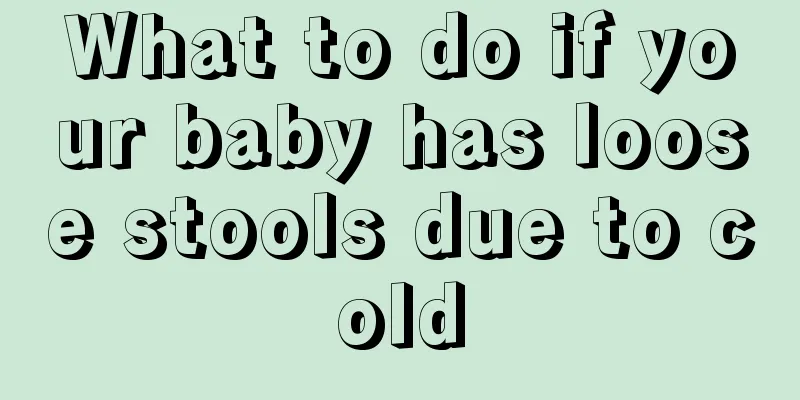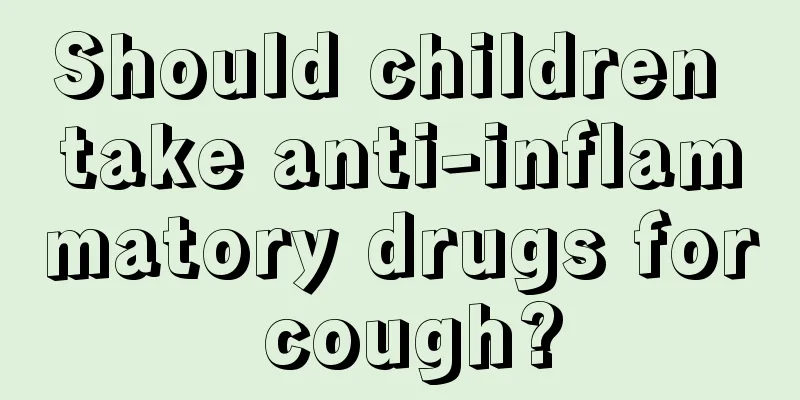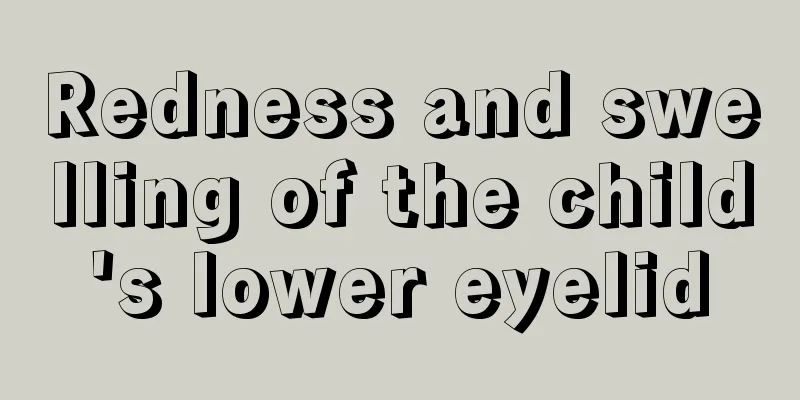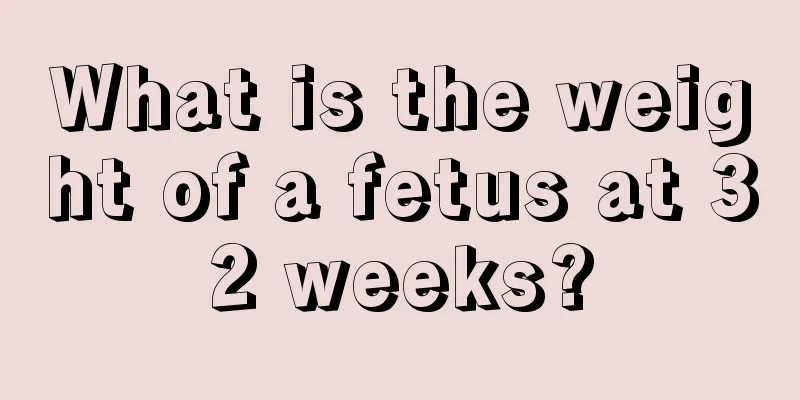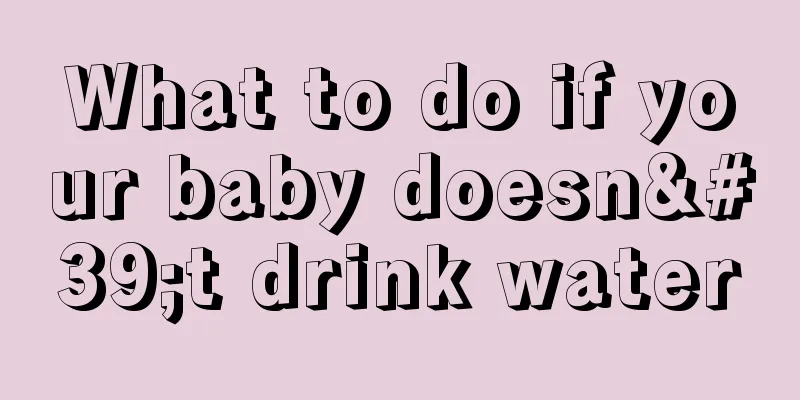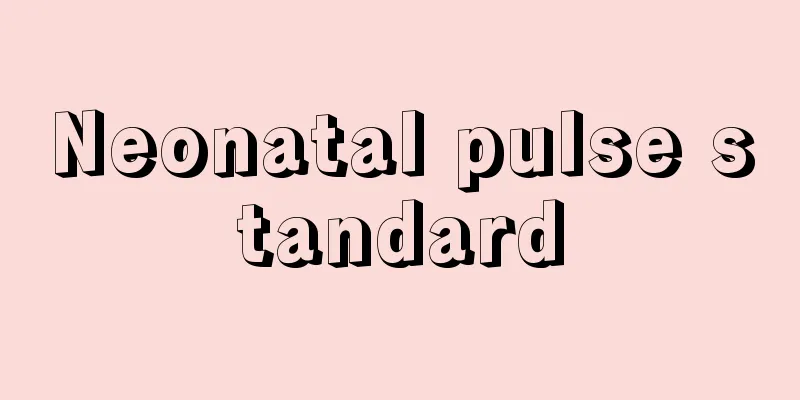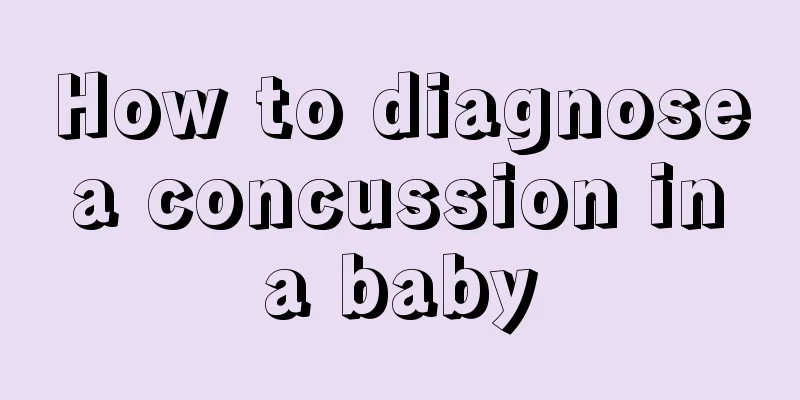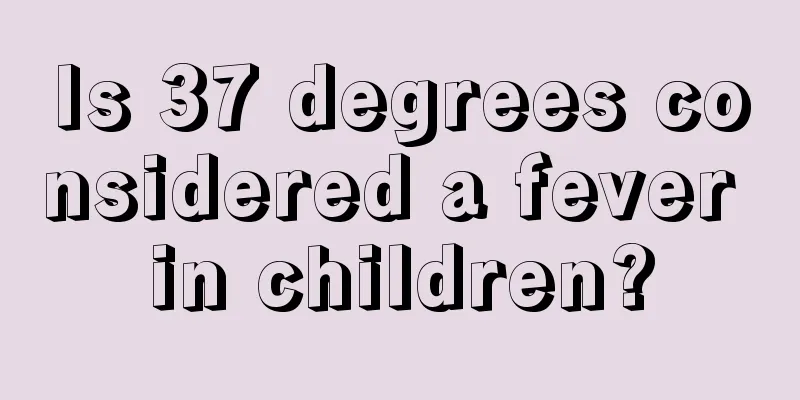What are the symptoms and treatment of epilepsy in children?
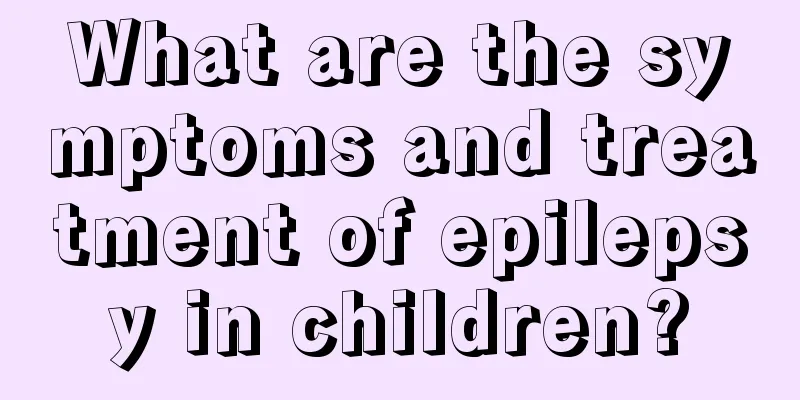
|
Epilepsy is a common physical disease for many people, and childhood epilepsy is also a common disease. Epilepsy in children has a great impact on their growth and can easily damage their physical health. Children with epilepsy will have symptoms of convulsions during an attack, and their pupils will also dilate, their breathing will be rapid, or they may experience respiratory arrest, and they may be unable to speak. What are the symptoms and treatment of childhood epilepsy?The manifestations of epileptic seizures in children vary, but they are all characterized by sudden onset and cessation and periodicity. Common types of epilepsy in children include grand mal seizures, absence seizures, and benign childhood epilepsy. During a major seizure, the child suddenly loses consciousness, breathing stops, the face turns purple, the pupils become dilated, the limbs become rigid, the hands become clenched into fists, and then the child goes into paroxysmal convulsions and foams at the mouth. The seizure usually lasts 1-5 minutes. Children with absence seizures experience sudden loss of consciousness, cessation of activity, and eyes staring or rolling up, but they do not fall or convulse. The seizure lasts for 1-10 seconds, and consciousness is quickly restored after the seizure. Benign epileptic seizures in children usually present with twitching of one side, lips, or tongue, which may be accompanied by paresthesias in that area, inability to speak, and drooling. The child is generally conscious, has more attacks at night, and has a relatively good prognosis.
The principle of epilepsy treatment is to start early, start with a small dose, take medication regularly, and have a long course of treatment. The increase or decrease of drug types or dosages should be gradual, otherwise it may cause drug overdose or epileptic seizures. Antiepileptic drugs are usually continued for 2-4 years after the last seizure, including a 1-2 year gradual reduction process. Children's tissues and organs are delicate and their functions are not perfect. The absorption, distribution, metabolism, and excretion of anti-epileptic drugs are different from those of adults. The medication process should be carefully analyzed and applied flexibly based on these characteristics, with emphasis on individualization, control of side effects, and the use of comprehensive therapy to treat both the symptoms and the root causes. 1. Choose safe, effective, inexpensive and easily available drugs according to the type of epileptic seizure. 2. Start the drug dosage from the lower limit of the commonly used dose and gradually increase it until the seizure is ideally controlled without serious toxic side effects. 3. The frequency of dosing should be determined according to the characteristics of the drug and the characteristics of the attack. 4. Generally, the medication should not be changed or discontinued at will. The dosage can be gradually reduced and the medication can be stopped only after the epileptic seizures are completely controlled for 2-3 years and the EEG is normal. 5. Drug concentration should be monitored regularly and the dosage should be adjusted appropriately.
1. When a child has a major epileptic seizure, you should immediately help the child lie on his side to prevent him from falling or getting hurt. 2. Stand with your head sideways to allow as much saliva and vomit to flow out of your mouth as possible. 3. To prevent tongue bite, you can roll up a handkerchief or wrap a pair of chopsticks with a cloth strip and stuff it between the upper and lower teeth. 4. When the child is having convulsions, do not press hard on his limbs to avoid fractures or sprains. 5. If the child is drowsy after the attack, try to reduce movement as much as possible, let the child get adequate rest, and give him oxygen. 6. Children who have fallen to the ground should be checked for any external injuries. If so, they should be treated according to the specific circumstances. 7. People with a history of epilepsy must take anti-epileptic drugs regularly as prescribed by the doctor. Do not reduce the dosage or stop taking the drugs without authorization, otherwise it will cause recurrence or continued attacks of epilepsy. 8. Be sure to breathe immediately and call 120 emergency number and ask a doctor to come for emergency treatment. Even if the attack has stopped, you must go to the hospital for further examination, determine the cause, treat the symptoms, and prevent recurrence. 9. Children's convulsions (similar to epileptic seizures) are often caused by high fever. At this time, the body temperature should be lowered as soon as possible to prevent recurrence of convulsions. The child should be sent to a pediatric hospital as soon as possible for further examination and treatment. |
<<: How to deal with a baby's hand fracture
>>: Tips for babies with yellow snot
Recommend
Why is the bilirubin level in newborns high?
Newborns have just come into contact with this wo...
What are the recipes for children's cough?
A child's cough is a headache for parents, an...
How effective is the children's yoga ball
Because children are in the stage of physical dev...
What to do if you have a baby with Down syndrome
No one wants to have a baby with Down syndrome. W...
Can premature baby infections be cured?
Premature babies have poor physical constitution ...
Treatment for baby's fever and swollen gums
As parents, when our children have a fever and th...
What to do if children are allergic to pollen
Many people are allergic to pollen since childhoo...
What to do if your child has chickenpox and a fever
When a child gets chickenpox, parents must take g...
What is the height and weight of a 32-month-old baby?
The speed and condition of baby's growth and ...
What is the reason for pain near the eyes in children's stomach?
If you have children at home, you definitely need...
How often should I feed my newborn baby?
When babies are just born, they can't speak o...
Why is the child's face red?
Children's skin is more fragile and can be ea...
Why does my child have a stomachache when running?
When parents take your children running, they mus...
What should I do if my child doesn’t like to talk outside?
Children's personality problems make parents ...
Baby diarrhea tofu dregs state
Parents with babies at home should pay attention....
